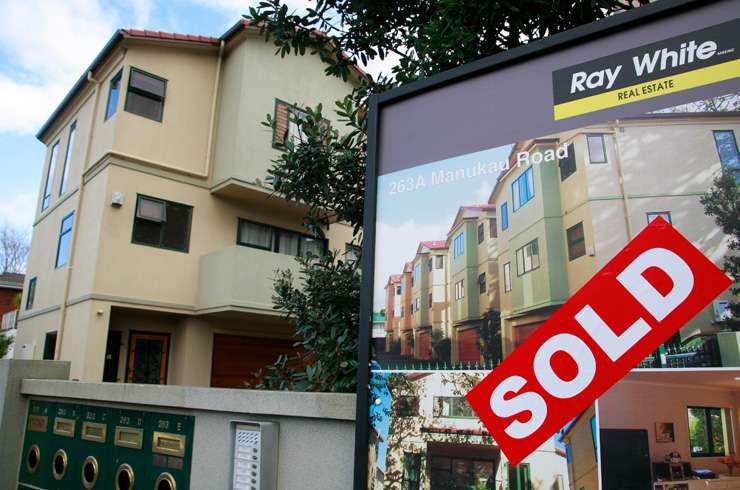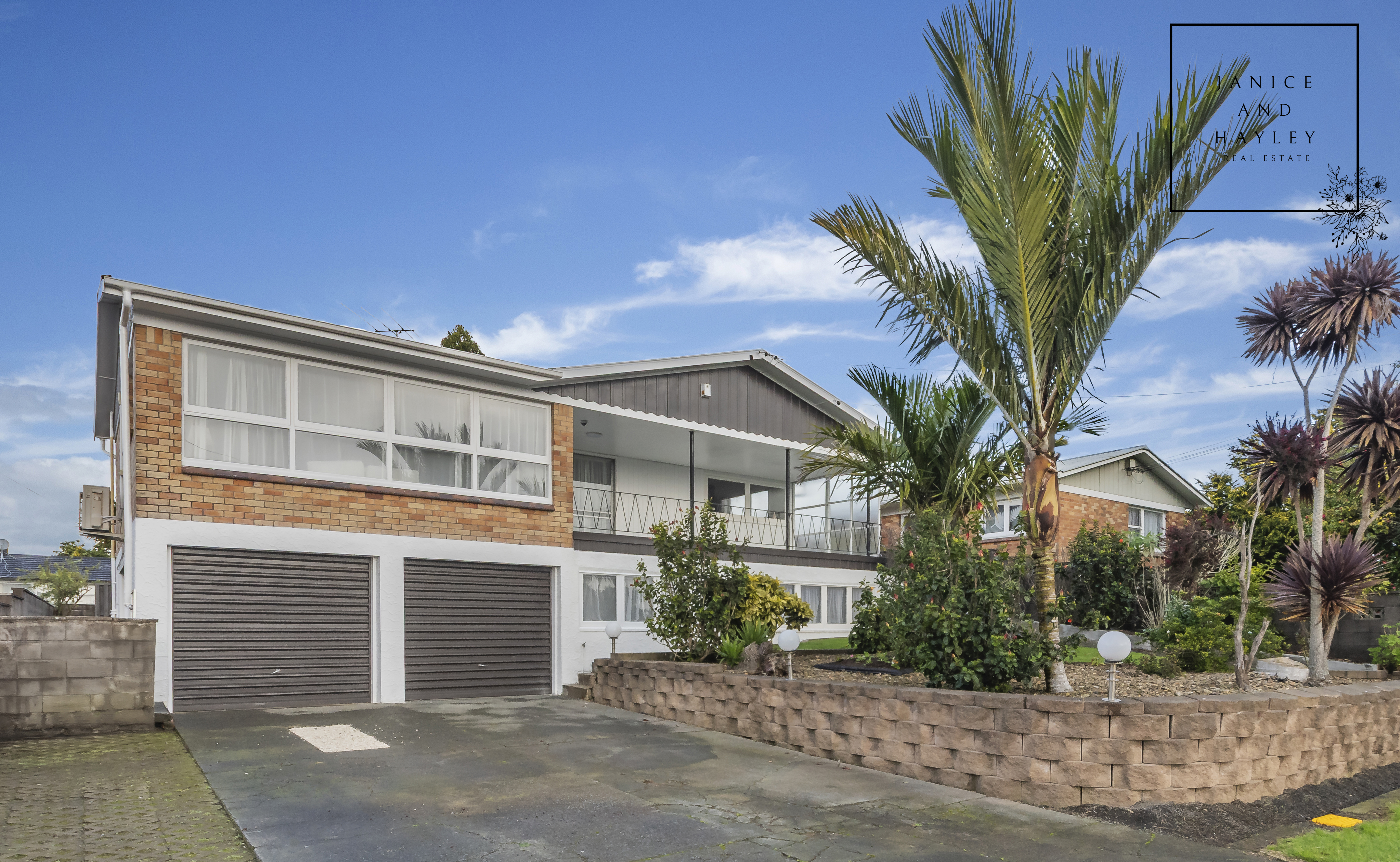Homeowners due to refix their mortgage this year face steeper repayments as interest rates continue to climb, but with some tipping that it will drop again next year is it worth riding the variable (floating) rate instead of fixing?
Interest rates are already nearly double what they were a year ago. In response to rising inflation, now at 7.3%, the Reserve Bank raised the Official Cash Rate six times in the last nine months, from a record low of 0.25% to 2.5% today, and is likely to lift it again when it releases its next Monetary Policy Statement on August 17.
Many economists and property commentators expect the OCR to peak at around 4%, and most of the major banks have already started factoring in future rises into their mortgage rates.
Independent economist Tony Alexander predicts there will be a shift before 2023. In a recent column for OneRoof, he wrote: “Inflation looks to have peaked, mortgage rates are likely to fall before the end of the year, the peak of the credit crunch has passed, and an easing of LVR rules is likely before the end of the year or early next year.
Start your property search
So should homeowners take a gamble on floating rates?
Floating rates shift in line with overall interest rates and can be heavily influenced by changes in the economy. Most homeowners in New Zealand, however, choose to fix their mortgage rates, most commonly for one- or two-year periods.
Until the second half of last year, the general direction of mortgage rates has been down, but now, with rates rising, homeowners who fixed at extremely low rates being offered one or two years ago face a big leap in their interest rate repayments.
Life cycle of a mortgage
Not everyone understands how interest rates work. Interest is simply a charge for borrowing money. It’s expressed as an annual percentage rate, so if a person borrows $1 million at 6% interest, the annual cost of the loan in the first year is $60,000. The amount borrowers would pay in the second year of the loan depends on how much of the original $1m (commonly known as “capital”) is paid down during the year. If only interest is paid and no capital is paid back, then the interest for that year is still $60,000, so it’s in the interests of borrowers to pay down their capital quickly in order to reduce their interest payments.
The interest rate gamble
Homeowners and banks are taking a gamble when they agree to fix a mortgage rate for a period of time. If the floating interest rate goes down, the home-owner loses because they have to keep paying at the higher rate. Likewise, if the rate goes up, the bank loses and the homeowner pays less than they would if they were to take out a new mortgage.
Banks can’t predict precisely what will happen with interest rates and there was a period of time, from around mid-2020 to mid-2021, when people on fixed rates were paying less than 4%.

A sold sign outside a house in 2007. Mortgage-holders in the 2000s faced double-digit interest rates. Photo / Getty Images
The gamble of fixing went badly wrong for many New Zealanders who fixed for long periods in 2007 and 2008 when interest rates were over 10%. In May 2008 the floating rate was 10.72% and people who fixed for two, three or five years during that period were paying between 9.33% and 9.35%. Many would have felt they were getting a deal, compared to the floating rate, but a year later the floating rate had fallen to 6.37%, meaning those who fixed had to continue paying nearly 3% more per annum than the floating rate.
Total cost of a mortgage
Another figure worth being aware of is the total amount of money paid on a mortgage. That depends on a number of factors including the interest rate, but also the term. The longer the repayment period is stretched, the more the homeowner pays.
For example, a $500,000 mortgage with an interest rate of 5.89% and a loan term of 30 years adds up to a total cost of just over $1m. If, however, the same $500,000 is paid back over 25 years at the same interest rate, the total cost is around $50,000 less, and over 20 years it’s $150,000 less.
First-home buyers often can’t afford repayments for any period except 30 years to start with, but they can and should shorten the length of their mortgage when they can afford to pay more.

















































































